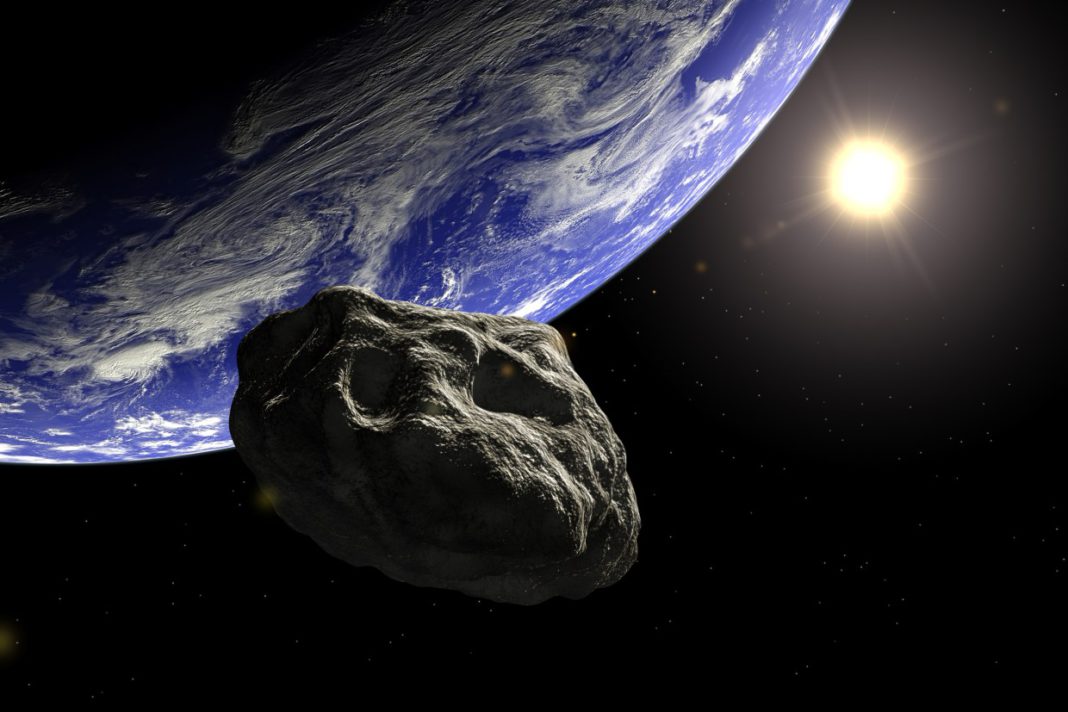NASA is a federal agency and the principal agency tasked with the civilian space program of the United States. The complete form of NASA is the National Aeronautics and Space Administration. It has been responsible for human exploration of space, both on Earth and beyond, since its establishment in 1958. NASA has launched rockets carrying probes that have sailed into orbit around other celestial bodies. In 1971, NASA and ISRO (Indian Space Research Organization) joined forces to create HOPE-1, which was later joined by four more satellites to complete a constellation called QUICSSAT (Queens University Satellite).
NASA has analyzed that the chances of Earth getting hit by a giant asteroid are increasing rapidly. Asteroids are not something to be taken lightly. These space debris can mean many different things, but the worst-case scenario will likely be a fiery impact when one is heading for earth. Fortunately, there are ways to minimize the risks of such an event – and we’re here with all the details provided by NASA. The number of asteroids heading to Earth is upsurging quite quickly. It has been reported that NASA has tracked approximately 28,000 near-Earth asteroids and the chances of risk are pretty high for Earth. According to the space agency, this figure has the opportunity to increment each year by around 3,000 as NASA is discovering more and more asteroids heading to Earth.
Next-generation technology to track near-Earth asteroids
Considering the increasing high risk for the Earth getting hit by asteroids, the Jet Propulsion Laboratory (JPL) of NASA has developed a next-generation technological monitoring algorithm known as Sentry-II. It has been specifically designed to evaluate the possible impacts of near-Earth asteroids on Earth.
Currently, these “small uncertainties” regarding the risk of Earth getting hit by an asteroid will later become a big disaster. However, this new invention of Sentry-II will offer space scientists more accurate information and data. This way, scientists will produce more consistent evaluations about the possible negative impacts on Earth.
And not only this, NASA is doing more to prevent the risk of hazardous impact on Earth due to near-Earth asteroids. NASA has also directed a mission, the Double Asteroid Redirection Test (DART), in association with many NASA centres such as Langley Research Centre (LaRC); Glenn Research Centre (GRC); Johnson Space Centre (JSC); Goddard Space Flight Centre (GSFC); and Jet Propulsion Laboratory (JPL). If this testing succeeds, this method will be the primary defence approach for any giant asteroid heading to Earth.
Also Read: Upside AI and the Change They Wish to See!
Daniyel Chatterjee is a Young Researcher in the field of Data Science & Analytics having research experience of more than 8 years. He has a Masters in Computer Engineering and currently serves as an Editorial Assistant in IGI Global, United States of America. Daniyel also holds honorary positions in the Associate Member of Institute of Research Engineers and Doctors, International Association of Computer Science and Information Technology, International Association of Engineers, Society of Digital Information and Wireless Communications.


